Countries worldwide that have the most World Heritage Sites
Countries brimming with heritage
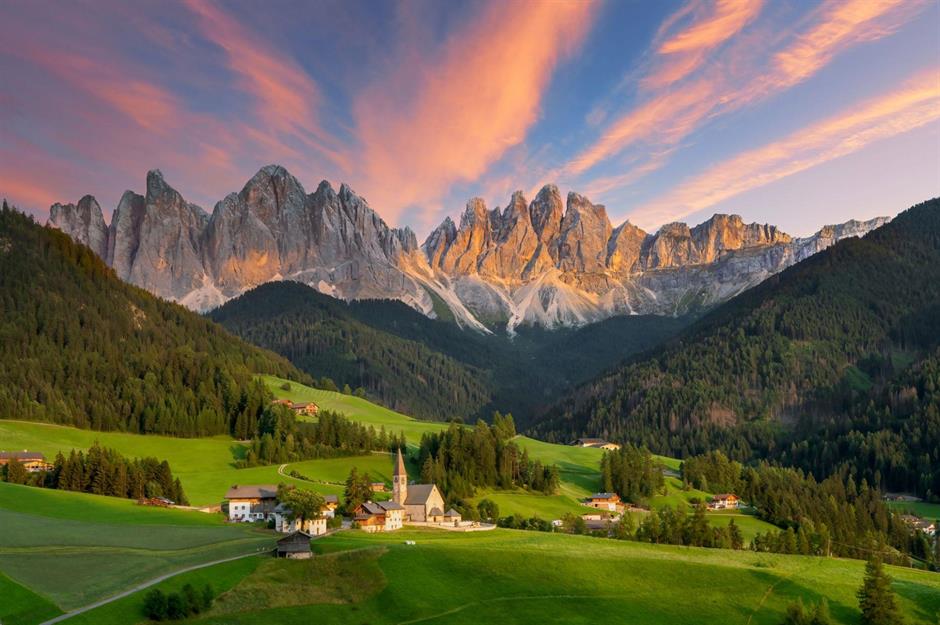
The world is full of cultural, historical and natural wonders – many so significant they’re officially protected as UNESCO World Heritage Sites. From famous landmarks to hidden gems, here are the 25 countries with the most UNESCO sites.
Click through the gallery to learn where the most heritage sites can be found…
= 25. Netherlands (13)
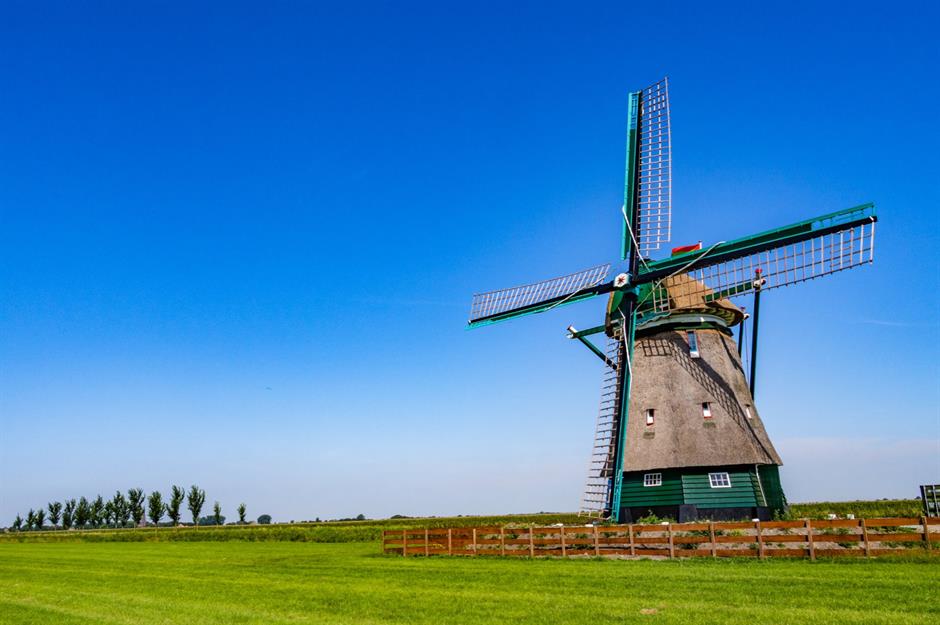
Tied with Peru, the Netherlands is home to 13 UNESCO World Heritage Sites. Twelve of these are on the list for their cultural significance. There’s also one natural site, Wadden Sea (shared with Germany) – the world’s largest unbroken network of intertidal sand and mud flats.
The sites include the 17th century Droogmakerij de Beemster (pictured), a 17,811-acre area of reclaimed land extending across fields, roads, canals and settlements. It’s significant as an example of Renaissance-era planning.
= 25. Peru (13)
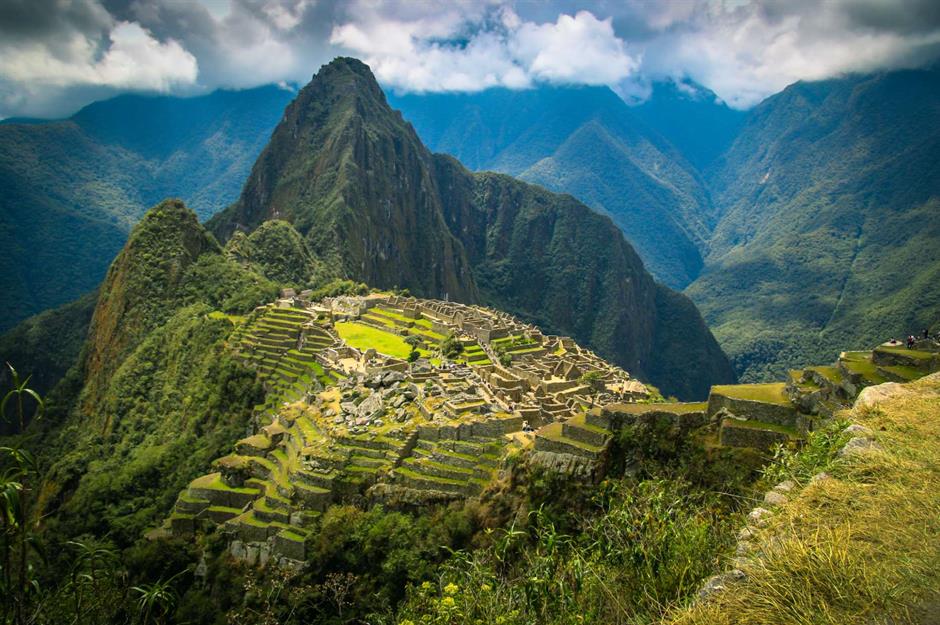
Peru’s presence on UNESCO’s list extends across 13 places of urban, archaeological, natural and cultural significance. Examples include the historic centre of Lima and the Chankillo Archaeoastronomical Complex – a prehistoric calendar created in 250-200 BC.
The most famous site is Machu Picchu (pictured), which gets around one million visitors each year. Created by the Inca Empire (1438-1533) and on the list since 1983, UNESCO describes the site as one of the 'greatest artistic, architectural and land use achievements'.
23. Sweden (15)

Next in our rundown is the only Scandinavian entry, Sweden. The country’s 15 sites include landscapes and historic buildings, including the royal residence at Drottningholm. UNESCO also lists the Bronze Age rock carvings in Tanum.
Another example is the town of Visby (pictured), a Viking site on the island of Gotland, which features buildings dating to the 13th century. UNESCO called it the region’s 'best-preserved fortified commercial city'. It’s also a popular summer holiday destination.
= 22. Belgium (16)
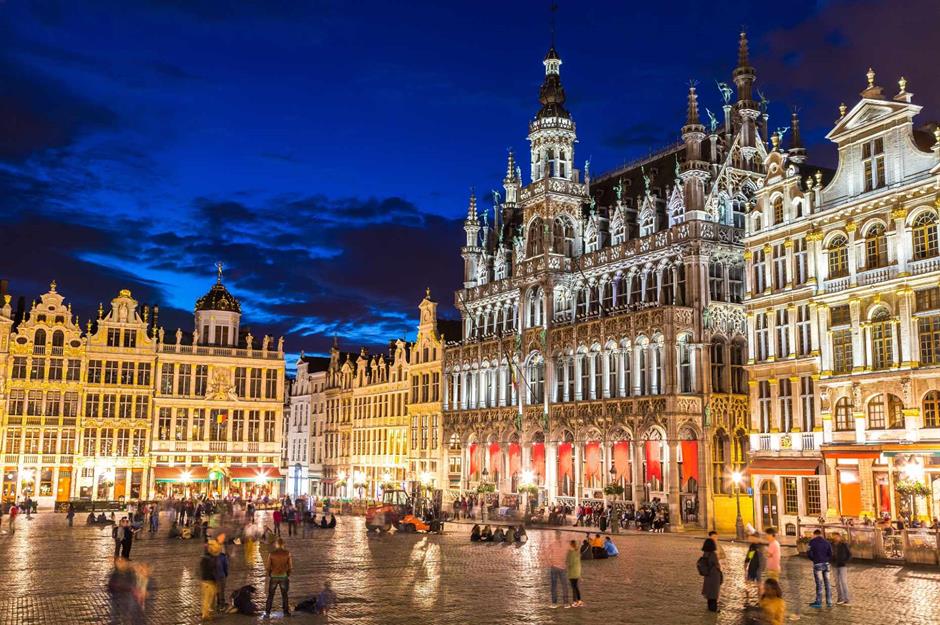
Belgium’s 16 designated heritage sites include the historic centre of Bruges, a city known for its charming canals, cobbled streets and medieval buildings. Also featured are 139 World War I burial sites and memorials along the country’s portion of the 400-mile (644km) Western Front.
The capital of Brussels is home to La Grand-Place (pictured). Most of the buildings on the square date to the 17th century. The magnificent Town Hall was built in the 15th century and underwent restoration in the 1800s.
Love this? Follow us on Facebook for more history and travel content
= 22. South Korea (16)

South Korea’s 16 designated sites include historic areas of Gyeongju, which feature notable Buddhist sculptures, pagodas, temples and palaces from the 7th-10th centuries. UNESCO also lists Hahoe and Yangdong, historic villages from the 14th and 15th centuries.
One natural site on the list is Jeju Volcanic Island (pictured), which features a remarkable lava tube system of caves. It’s also home to South Korea’s highest peak, 6,388-foot (1,947m) Mount Halla, a shield volcano which last erupted 5,000 years ago.
= 20. Portugal (17)

Several of Portugal’s 17 UNESCO World Heritage Sites have religious significance, including the 12th century Monastery of Santa Maria d'Alcobaça near Lisbon. There are also two examples of prehistoric rock art, in Côa Valley and Siega Verde.
In addition, the list recognises the country’s historic wine industry. One of the best-known regions is Alto Douro in Northern Portugal (pictured), which has been producing wine for two thousand years. Since the 1800s, it’s been known for making port, a sweet, fortified red wine.
= 20. Czechia (17)

Czechia’s 17 designated heritage sites feature three historic city centres – including its capital, Prague. An interesting inclusion is a landscape at Kladruby nad Labem, which has been used for training ceremonial carriage horses since 1563.
One of the more intriguing sites on the list is the relatively modern Tugendhat Villa in Brno (pictured). Designed by Ludwig Mies van der Rohe in the 1920s, UNESCO considers it a 'pioneering work' of 20th century residential architecture.
= 20. Poland (17)
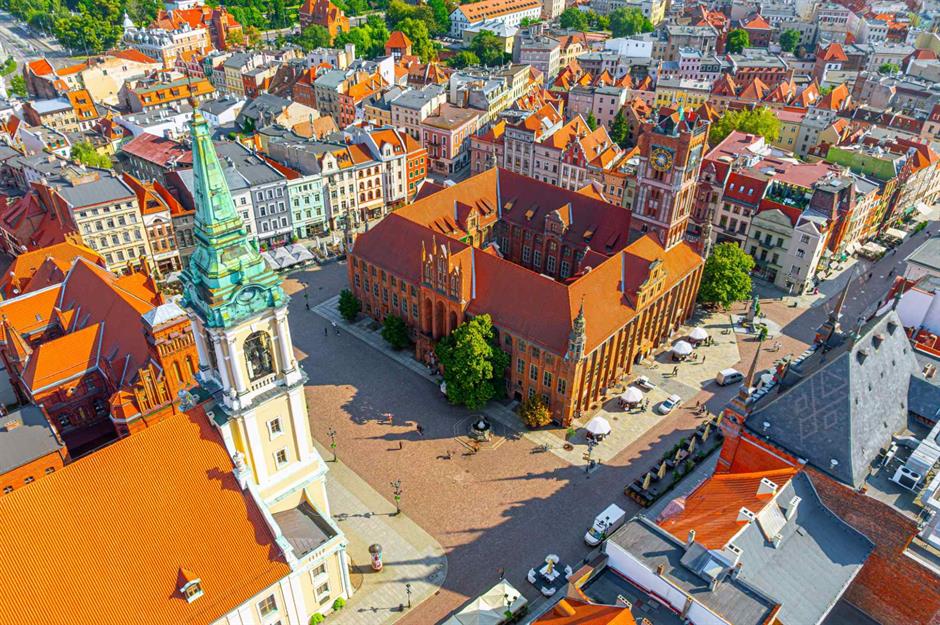
Poland’s 17 UNESCO sites include the historic centre of Krakow – which was among the first inclusions when the list began in 1978. One year later, the former World War II concentration camp at Auschwitz Birkenau was added.
The country’s natural sites include Poland’s section of the Ancient and Primeval Beech Forests of the Carpathians. Among the entries is the well-preserved medieval town of Toruń (pictured) on the Vistula River, which includes the ruins of the 13th century Teutonic Castle.
17. Greece (19)
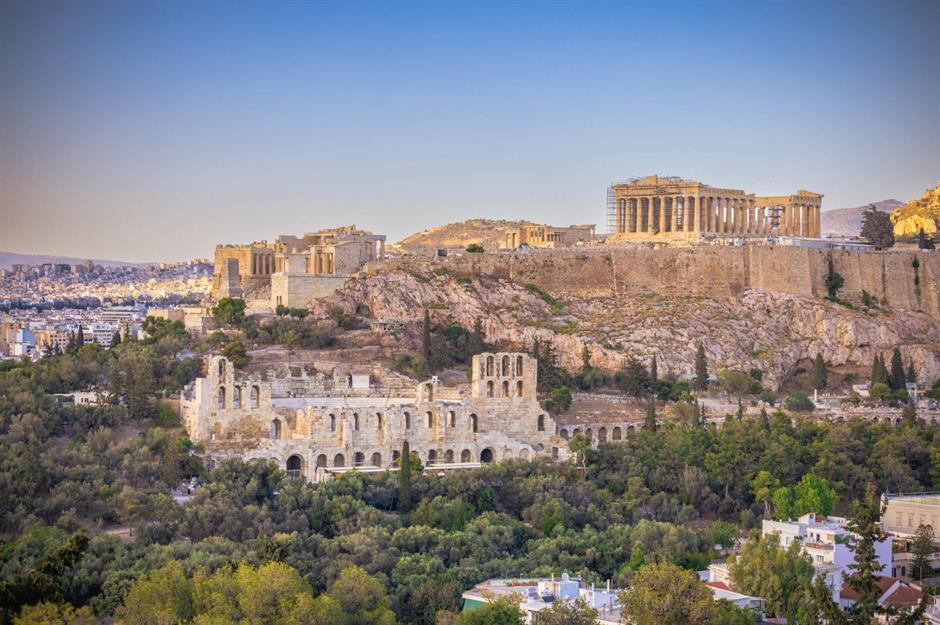
Among its 19 entries, Greece has several significant archaeological sites, such as Olympia – location of the first Olympic Games in 776 BC and with, according to UNESCO, the 'highest concentrations of masterpieces from the ancient Greek world'.
The country is also home to one of the most notable sites on the list – the Acropolis of Athens (pictured), construction of which began around 447 BC. In 2023, Greece placed a cap on tourist numbers to protect the site, which had seen up to 23,000 visitors a day.
16. Australia (20)

Of Australia’s 20 sites, 12 are natural, including the Great Barrier Reef, while another four have both natural and cultural significance, such as Uluru-Kata Tjuta National Park. The cultural sites include the striking Sydney Opera House.
Among the many natural wonders on the list is Lord Howe Island (pictured), a stunning collection of oceanic islands created by volcanic activity. It’s the world’s most southerly true coral reef and home to diverse species, including the endangered Lord Howe woodhen.
The 50 UNESCO World Heritage Sites most at risk from climate change
15. Turkey (21)
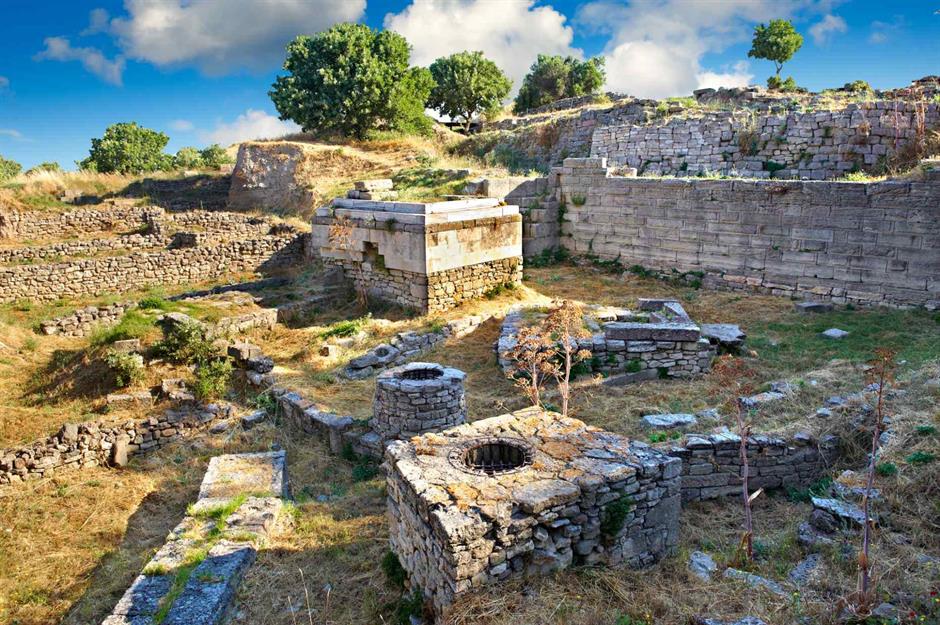
Nearly all of Turkey’s 21 designated heritage sites are on the list due to their archaeological and cultural significance. However, there are also two natural sites – including Göreme National Park and the rock sites of Cappadocia, a dramatic landscape sculpted by erosion.
Maybe the most important inclusion is the 4,000-year-old archaeological site of Troy (pictured). The siege of Troy in the 13th century BC inspired art and literature, including The Iliad by Homer – which was adapted into a 2004 movie starring Brad Pitt.
14. Canada (22)
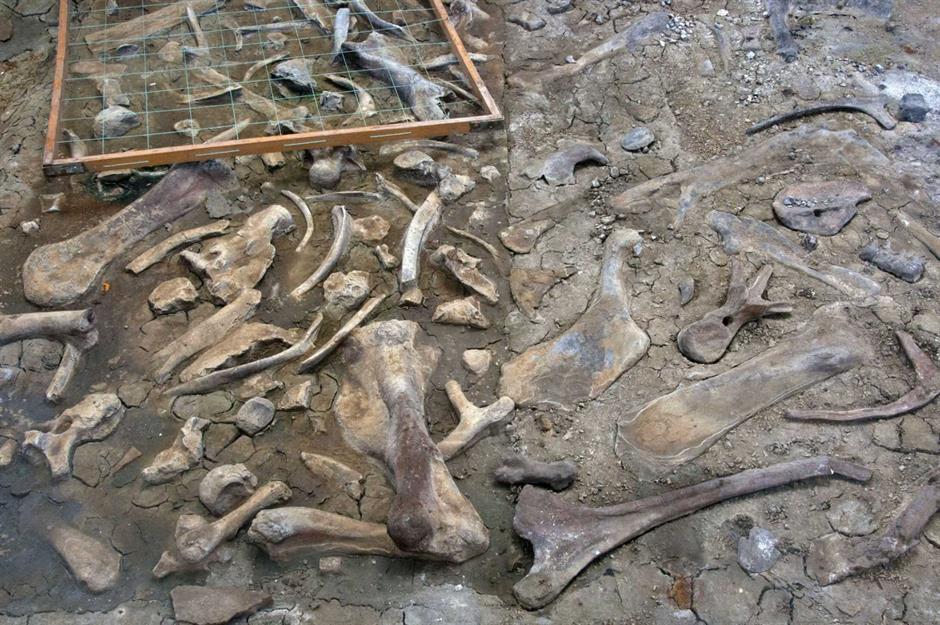
Canada’s 22 sites are equally divided between cultural and natural places. Examples include Old Town Lunenburg, a British colonial settlement established in 1753, and the marshland and archaeological sites which make up the Landscape of Grand Pré.
One notable natural site in the Alberta Badlands is Dinosaur Provincial Park (pictured). The 19,336-acre location contains fossils from over 50 species of dinosaur, dating back 75-77 million years – the ‘Age of Dinosaurs’ period. It’s one of the world’s richest sources of dinosaur fossils.
13. Brazil (24)

Among Brazil’s 24 UNESCO World Heritage Sites is its capital, Brasilia. Created in the 1950s, it’s notable as an example of modern urban planning. Also on the list are the historic gold rush town of Ouro Preto and Iguazú National Park, shared with Argentina.
The Central Amazon Conservation Complex may be Brazil's best-known natural site. However, the 464,108-acre Pantanal Conservation Area (pictured) is home to one of the world’s largest wetlands and such species as jaguars, giant armadillos and hyacinth macaws.
Check out the most incredible ancient discoveries made only recently
= 12. Japan (26)
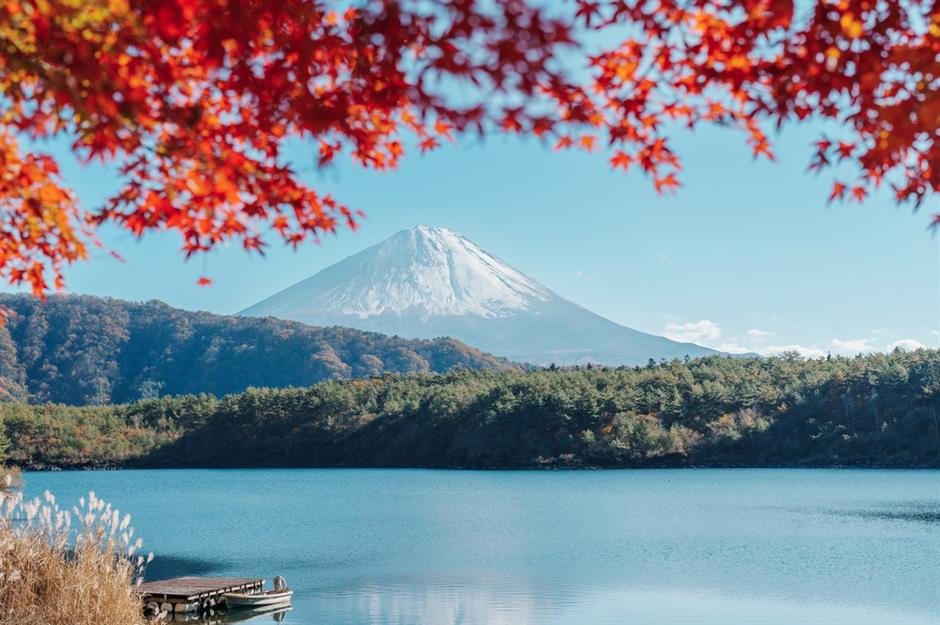
Japan’s 26 designated heritage sites cover its rich history and natural wonders. These include Yakushima on Yaku Island, home to a unique ecosystem, and the 12th century Itsukushima Shinto Shrine.
One iconic entry is Mount Fuji (pictured), a 12,389-foot (3,776m) active volcano located 60 miles (100km) west of Tokyo. It last erupted over 300 years ago.
= 12. United States (26)
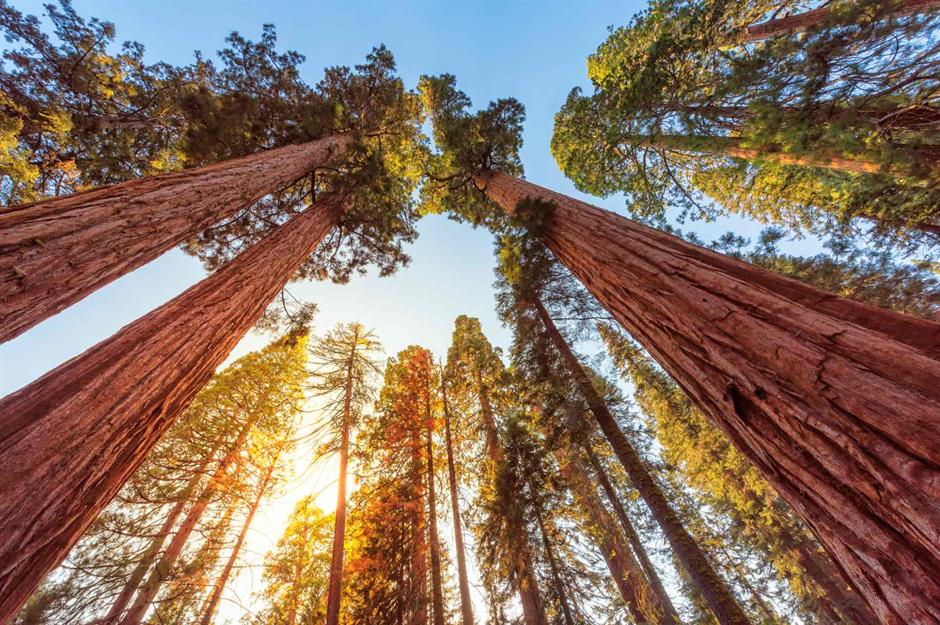
Standouts on the list of the 26 US heritage sites include New York’s Statue of Liberty and Taos Pueblo in New Mexico, which dates to the 13th and early 14th centuries. Other entries are Philadelphia’s Independence Hall and examples of Frank Lloyd Wright’s architecture.
The list is dominated by the country’s epic national parks, such as Yellowstone, Grand Canyon, the Everglades and Great Smoky Mountains. Another notable inclusion is California’s 40,629-acre Redwood National Park (pictured), home to towering redwoods, which can grow to 370 feet (113m) and live up to two thousand years.
10. Iran (28)

Of Iran’s 28 heritage sites, 26 are cultural, such as the historic city of Yazd, the Tabriz Grand Bazaar and Persepolis, capital of the Achaemenid Empire, founded in 518 BC. Natural sites include the country’s portion of the Hyrcanian Forests, dating back 25-50 million years.
An interesting entry is the Trans-Iranian Railway (pictured), an 866-mile (1,394km) route stretching from the Caspian Sea in the north to the Persian Gulf in the south. Built between 1927 and 1938, the original line still operates today.
9. Russia (32)
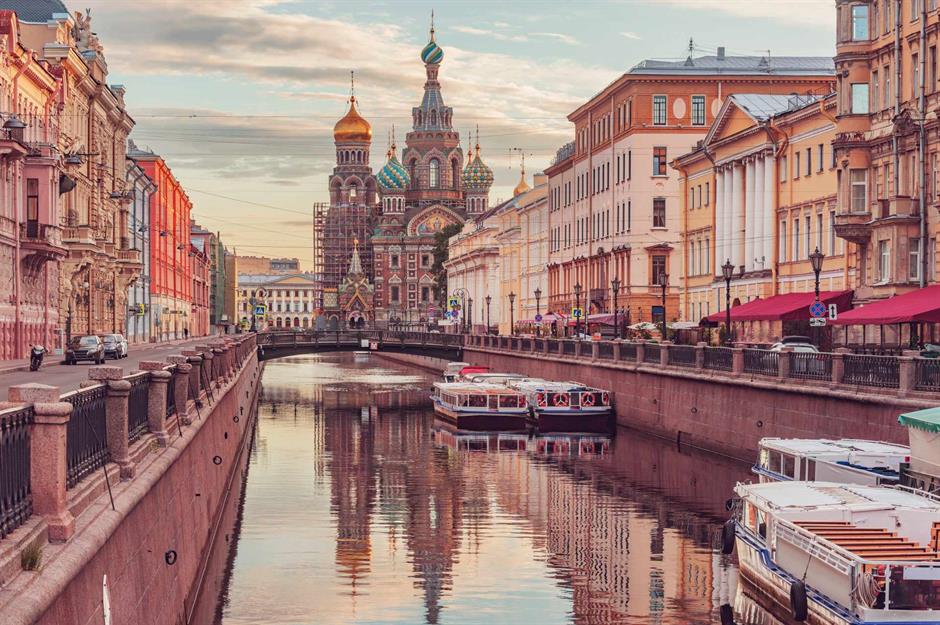
Russia is home to 32 UNESCO-listed sites, including Moscow’s Kremlin and Red Square. Natural sites include the 7,000-year-old petroglyphs of Lake Onega and the White Sea and Lake Baikal, the world’s deepest lake – and its oldest, at 25 million years.
Also on the list is the historic centre of Saint Petersburg (pictured), named the ‘Venice of the North' due to its network of canals and bridges. Begun in 1703 under Peter the Great, the city was once known as Leningrad.
= 8. United Kingdom (35)
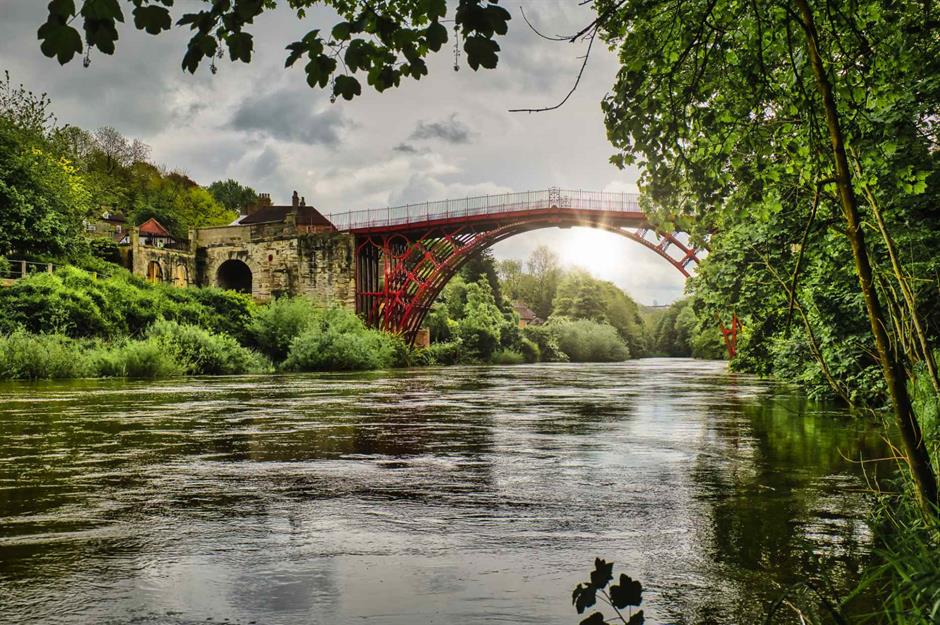
The UK’s 35 sites include iconic prehistoric stone circle Stonehenge, Maritime Greenwich in London and the historic cities of Bath and Edinburgh. Among the natural sites are Cumbria’s Lake District, and Giant's Causeway and Causeway Coast in Northern Ireland.
The list also recognises the country’s rich engineering and industrial pasts, featuring Saltaire in West Yorkshire, a well-preserved 19th century industrial village, and Ironbridge Gorge in Telford (pictured). Spanned by the Iron Bridge, erected in 1779, the site is recognised as a symbol of the Industrial Revolution.
= 8. Mexico (35)

Mexico is home to 35 UNESCO sites, including the historic centre of Mexico City and Xochimilco, which dates to the 16th century, and the rock paintings of the Sierra de San Francisco, created between 100 BC and AD 1300.
The most notable natural site is probably Sian Kaʼan Biosphere Reserve on the Yucatán peninsula. Also on the list is the Monarch Butterfly Biosphere Reserve (pictured) – each autumn, up to one billion butterflies migrate from North America and shelter here until spring.
More fascinating sites recently added to UNESCO’s World Heritage Sites list
6. India (43)
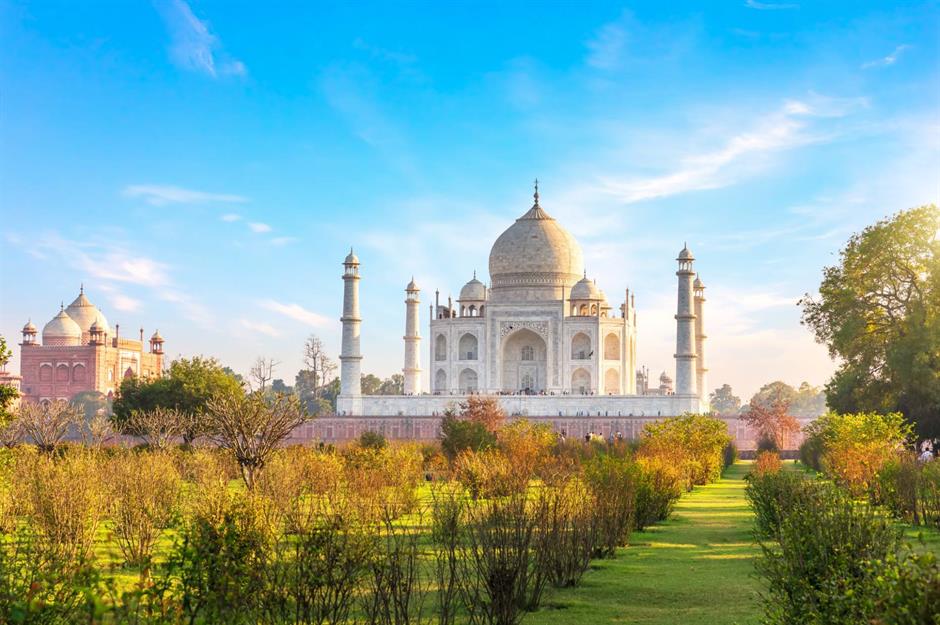
India boasts 43 sites listed by UNESCO, including 35 of cultural significance, such as the Hill Forts of Rajasthan, historic city of Ahmadabad and the 6th century Elephanta Caves, a well-preserved example of Indian rock art.
Notable natural sites are the 223,729-acre Great Himalayan National Park and the Manas Wildlife Sanctuary, home to tigers, rhinoceros and Indian elephants. The most notable entry is the Taj Mahal (pictured). Built in Agra between 1631 and 1648, it attracts around seven million visitors annually.
5. Spain (50)
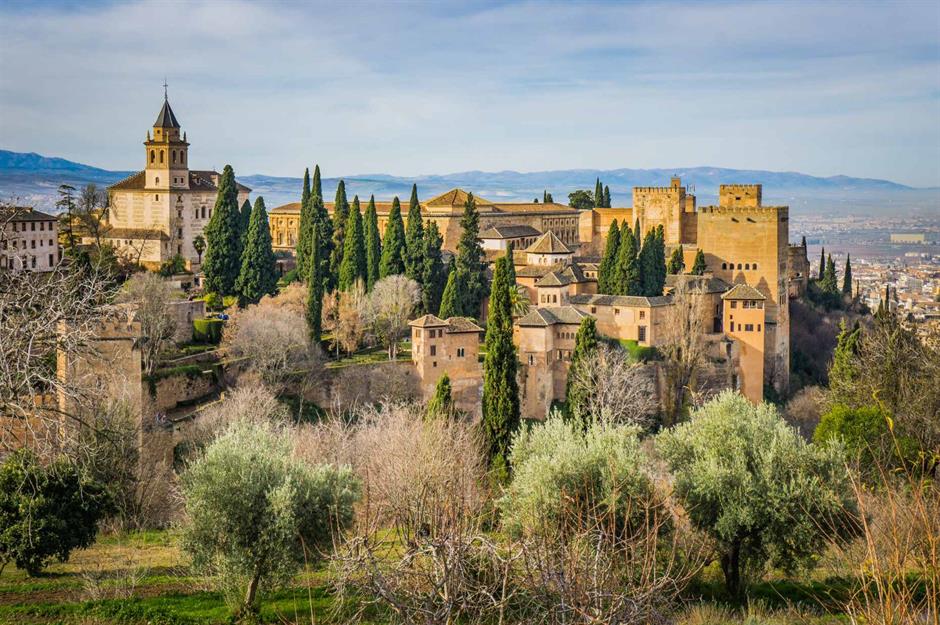
The top five starts with Spain and its 50 sites. Cities on the list include Cordoba and Toledo, while other notable entries are the historic Vizcaya Bridge near Bilbao and the works of Antoni Gaudí – including the quirky Park Güell in Barcelona.
The list also features Granada’s Alhambra, Generalife and Albayzín (pictured). Set on adjacent hills, separated by the Darro river, the heritage site comprises a fortress, residence, residential district and gardens. It features a mix of Moorish and Andalusian architecture.
4. France (53)

France boasts 53 designated heritage sites, which also cover its overseas regions of Martinique and Reunion Island. Examples include the Palace of Versailles, the Riviera town of Nice and prehistoric sites in the Vézère Valley.
Also named are the banks of the Seine (pictured), with UNESCO noting the 'evolution of Paris and its history' can be seen from the river. The site takes in the Louvre, Eiffel Tower, Place de la Concord and the Cathedral of Notre-Dame.
3. Germany (54)
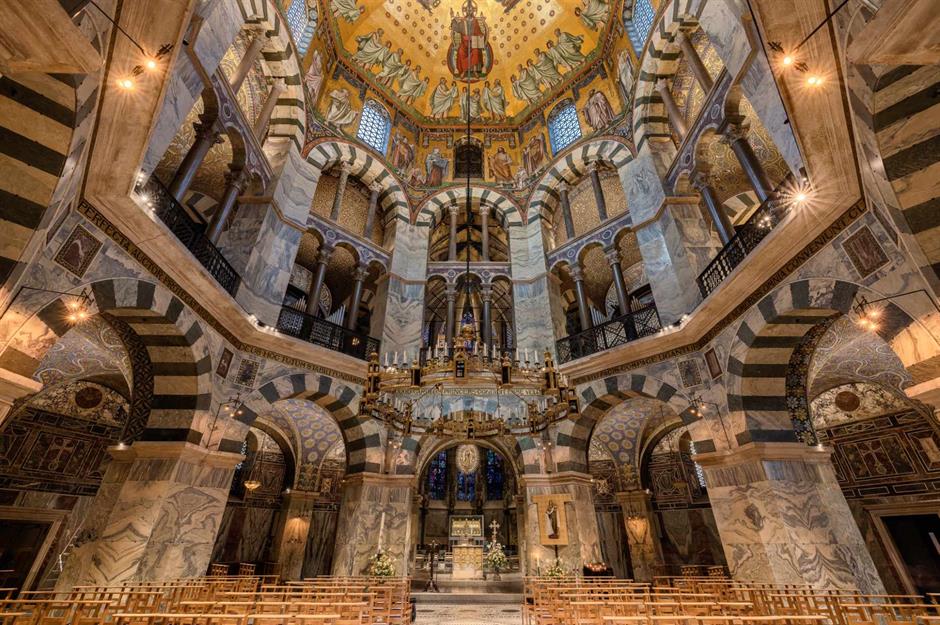
Germany takes the third spot with 54 sites, of which 51 are listed due to their cultural significance. Examples are Classical Weimar, a town which once attracted writers and scholars, and the caves and Ice Age art found in the Swabian Jura mountains.
The list includes one of the very first UNESCO World Heritage Sites – Aachen Cathedral (pictured). Inspired by the Holy Roman Empire, it was built between 793 and 813 and expanded in the Middle Ages. The interior features a large mosaic, dating to 1880.
2. China (59)
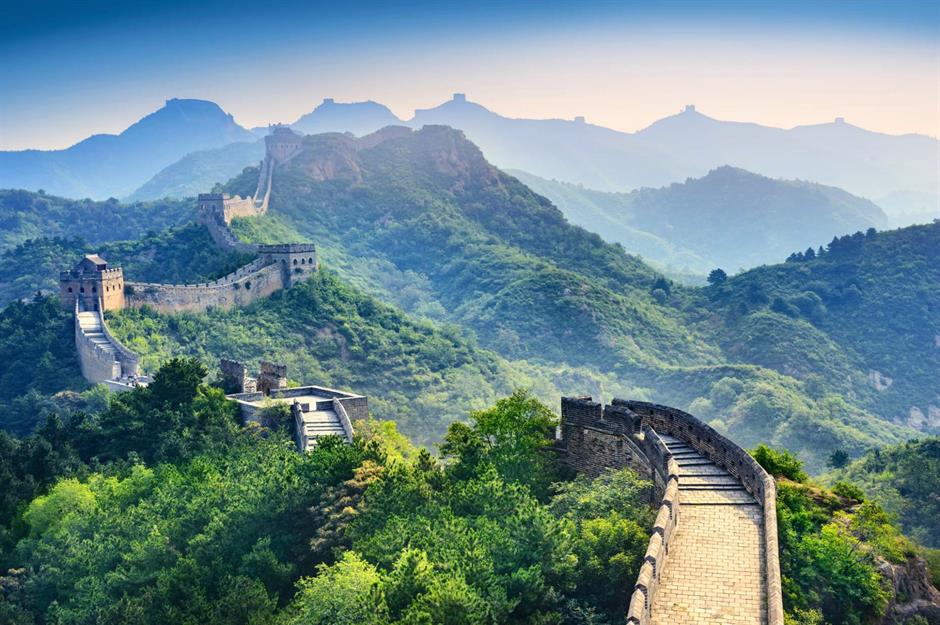
Second with 59 listings is China. The list features archaeological sites, ancient villages and historical structures, including the Mausoleum of the First Qin Emperor – home of the Terracotta Army. The emperor died in 210 BC, but the site was only discovered in 1974.
Located 50 miles (80km) from Beijing, the Great Wall of China (pictured) was constructed between the 3rd century BC and the 17th century AD and extends over 12,427 miles (20,000km). With 10 million tourists annually, it’s one of the world’s most visited attractions.
1. Italy (60)
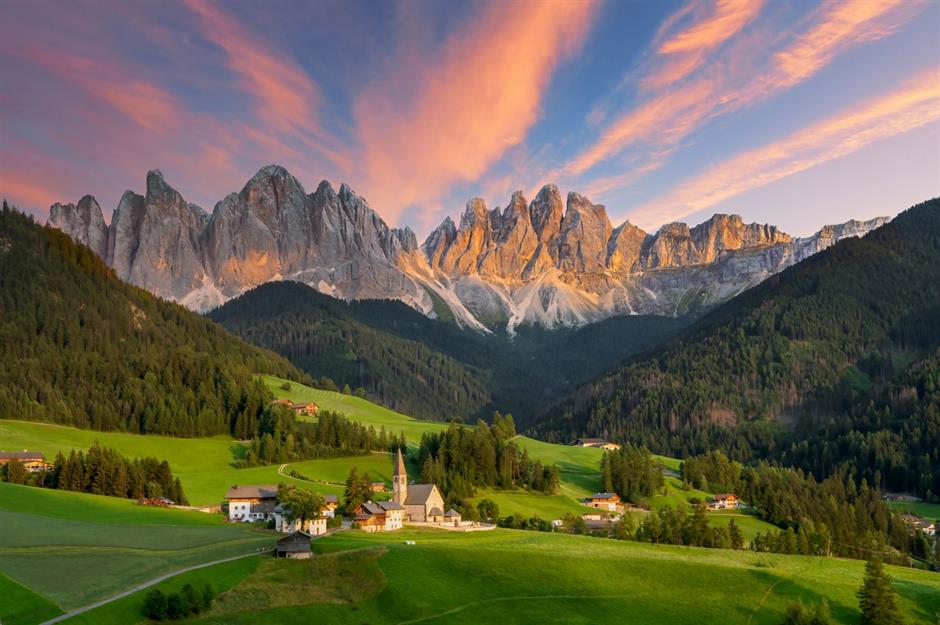
Despite being dwarfed by China in size, Italy takes the top spot with 60 sites. They include several cities – such as Rome, Florence, Verona, Sienna and Naples. One of the newer entries is Via Appia, an Ancient Roman road added to the list in 2024.
Also included are the colourful seaside villages of Cinque Terre and Puglia’s distinctive stone huts (Trulli). Examples of natural sites are The Dolomites in the northern Italian Alps (pictured) – which UNESCO calls 'some of the most beautiful mountain landscapes anywhere'.
Comments
Do you want to comment on this article? You need to be signed in for this feature